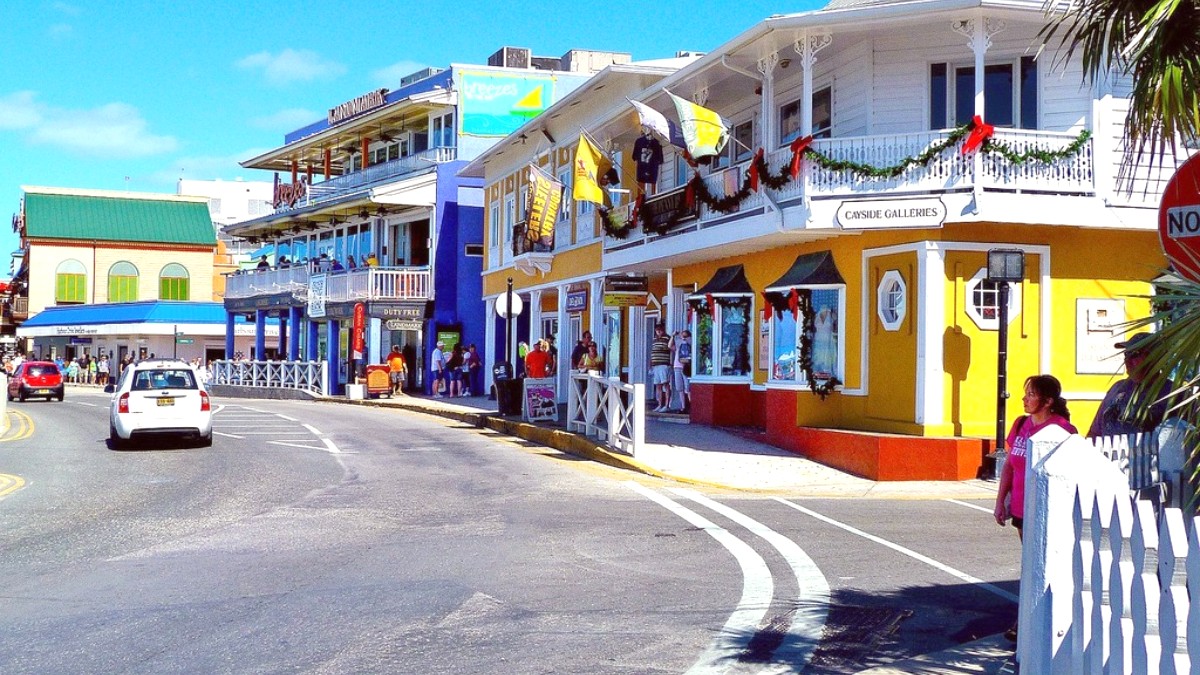
Cayman Islands
From its world-famous beaches to its lively underwater world, the island invites you to experience a truly special getaway. Every day presents a new opportunity for enjoyment and exploration here.
Its coordinates place it directly within a prime tropical zone, ensuring warm weather year-round. This gentle topography means easy access across the island, making for relaxed drives and walks.
George Town, the capital and largest city, rests on the western coast. Its location makes it a hub for commerce, government, and tourism, close to both the airport and the popular Seven Mile Beach area.
The history of the Cayman Islands began with Christopher Columbus in 1503, naming them "Las Tortugas." Sir Francis Drake later renamed them "Caymanas" in 1586. Permanent settlement started in the 1660s. The islands became a dependency of Jamaica in 1863.
A defining moment in Grand Cayman's history occurred in 1962. When Jamaica gained independence, the Cayman Islands chose to remain a British Crown Colony, a status that later transitioned into a British Overseas Territory. Historically, the economy relied on traditional maritime activities. Since the 1960s, Grand Cayman has seen rapid development, transforming into a recognized offshore financial center and a major tourist destination.
Christopher Columbus sights the islands, naming them "Las Tortugas."
Sir Francis Drake renames them "Caymanas" after marine crocodiles.
Permanent settlement begins, including sailors, pirates, and deserters.
Cayman Islands become a dependency of Jamaica.
Islands remain a British Crown Colony upon Jamaica's independence.
This decision influenced their legal and administrative structures. Traditionally, the economy relied on traditional maritime activities like turtling, fishing, and rope-making.
This modern economic shift builds upon the island's stable political environment and strategic location.
Visitors can see elements of this history in the island's architecture, cultural institutions, and the enduring resilience of its people.
The island's history, from its early discovery and settlement to its modern economic evolution, paints a picture of its contemporary identity.
Grand Cayman caters to varied interests, from relaxation to active exploration. The island is renowned for its world-class beaches, with Seven Mile Beach leading the way.
Its clear, warm waters invite swimming, snorkeling, and sunbathing. Underwater enthusiasts find a paradise here, thanks to the extensive barrier reef and numerous dive sites.
Dive sites boast healthy coral formations, colorful fish, and impressive shipwrecks, offering premier diving experiences.
Historical sites like Pedro St. James National Historic Site offer glimpses into the island’s past. Museums and art galleries showcase local heritage.
Conservation work at the Cayman Turtle Centre and Blue Iguana Conservation within the Botanic Park safeguards local wildlife.
Visitors savor traditional Caymanian dishes or explore global flavors. Shopping ranges from duty-free luxury goods in George Town to unique local crafts.